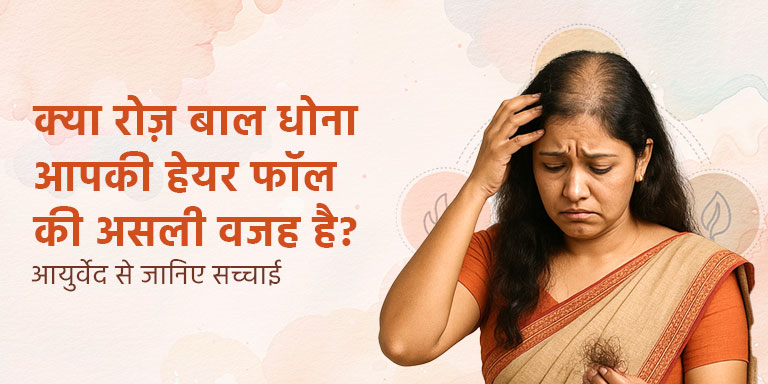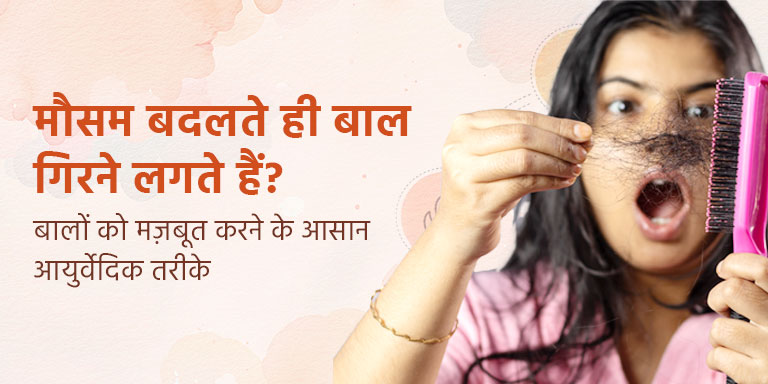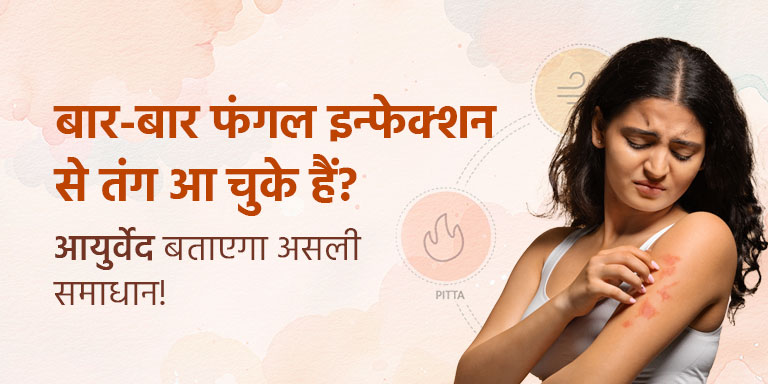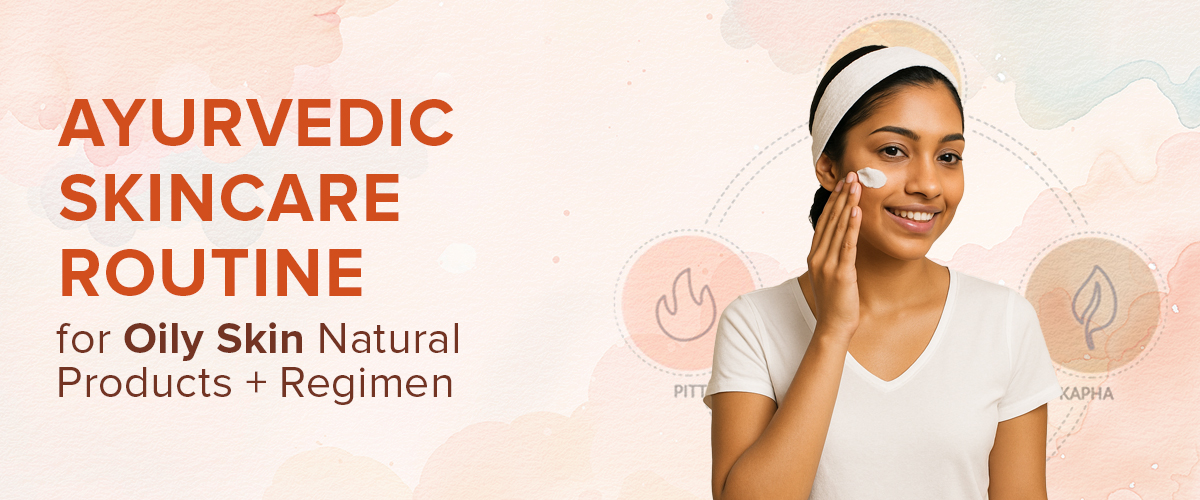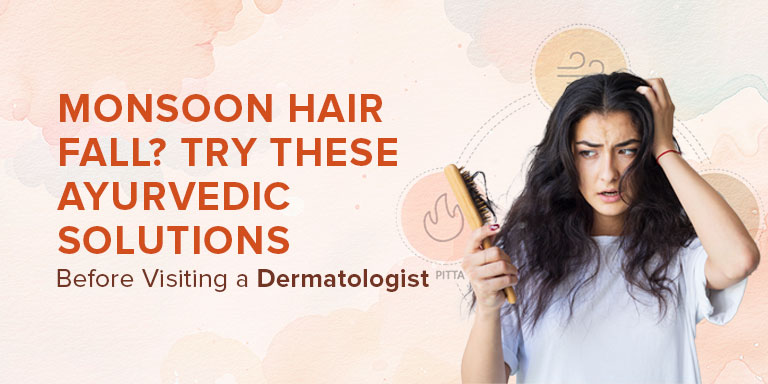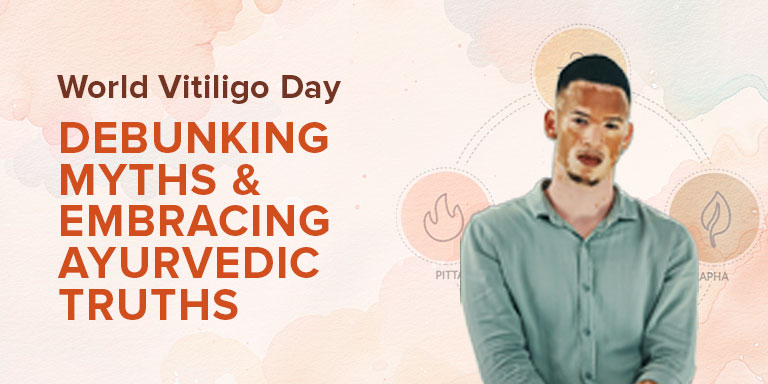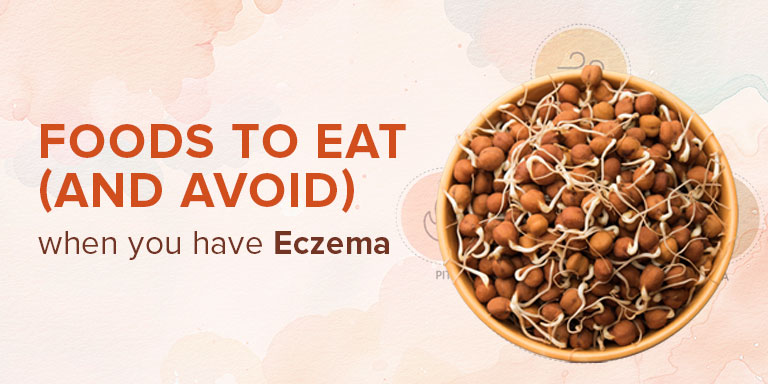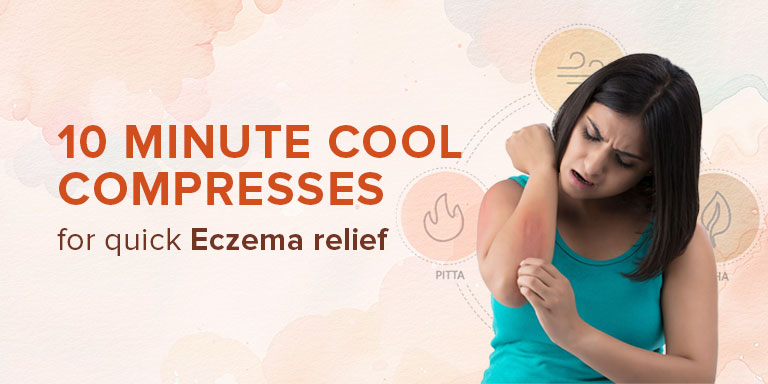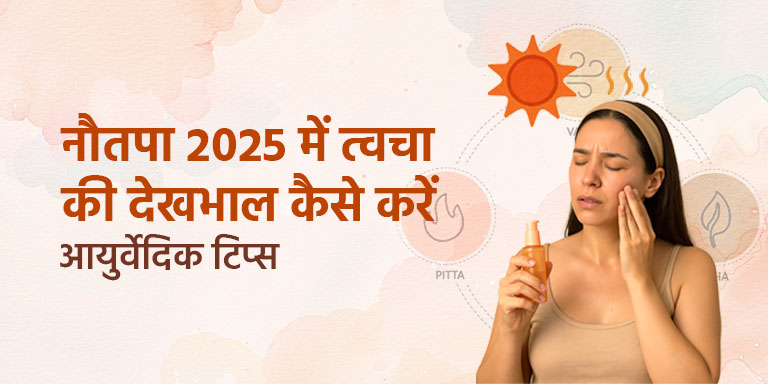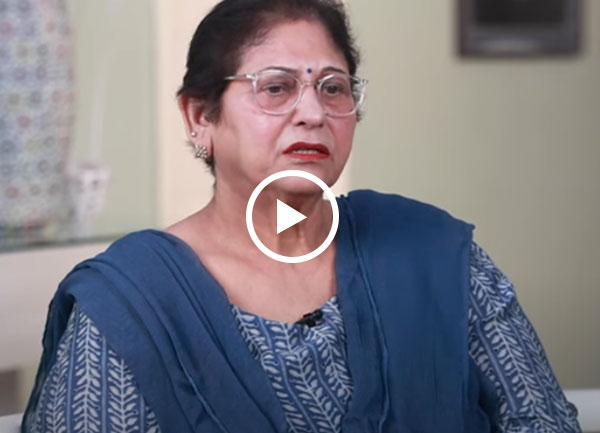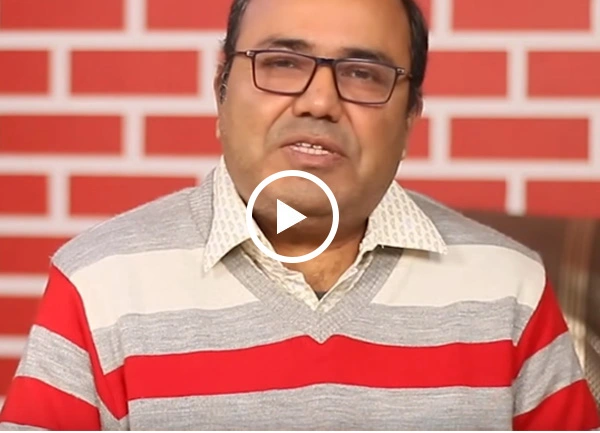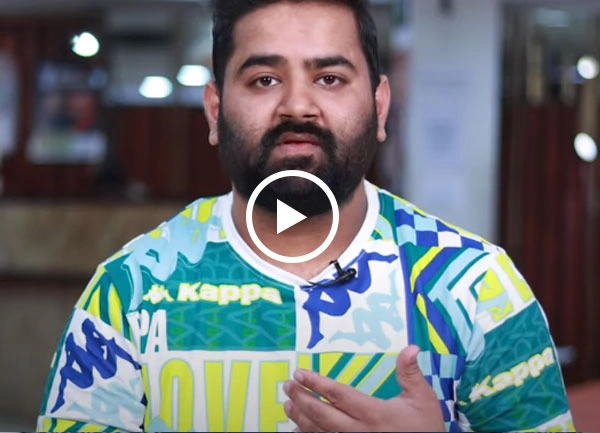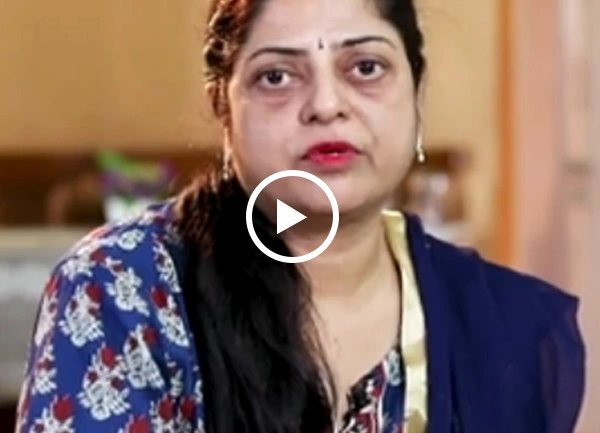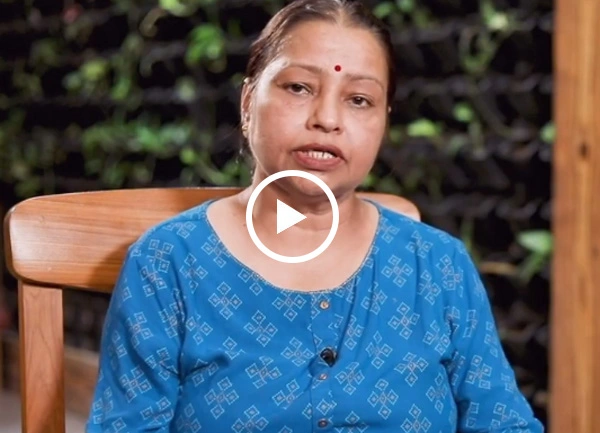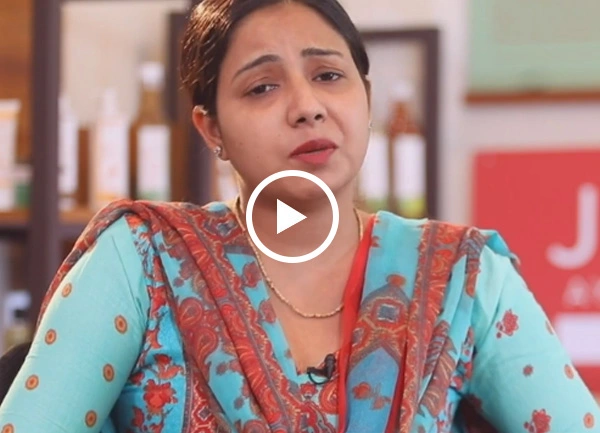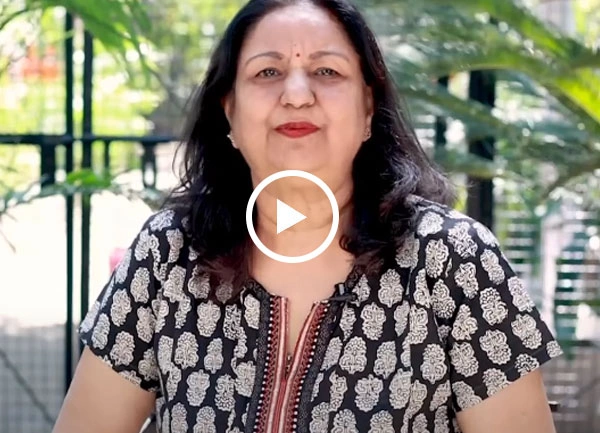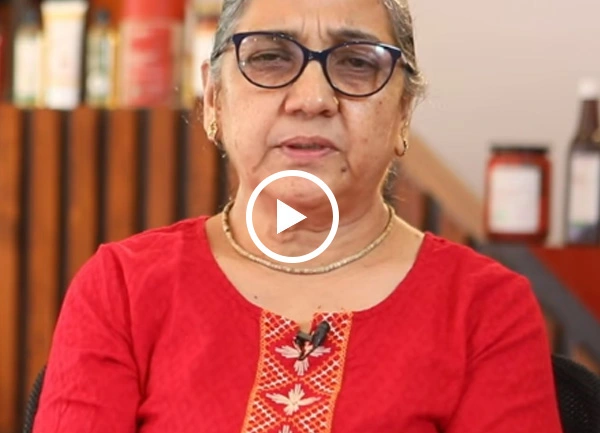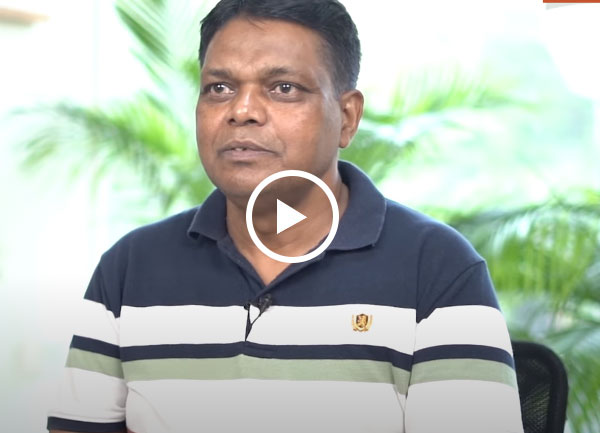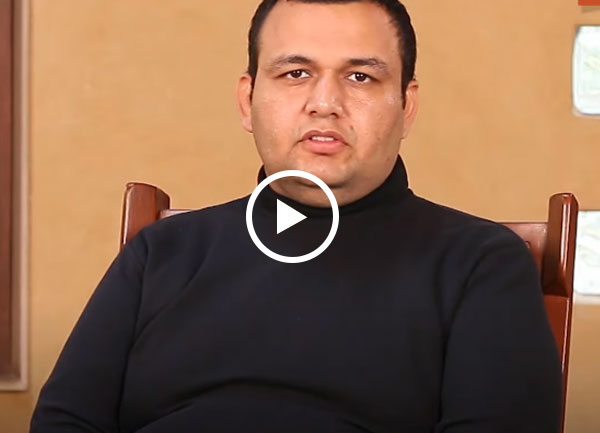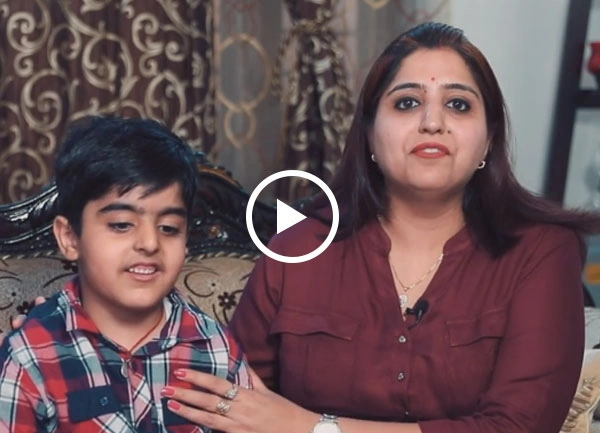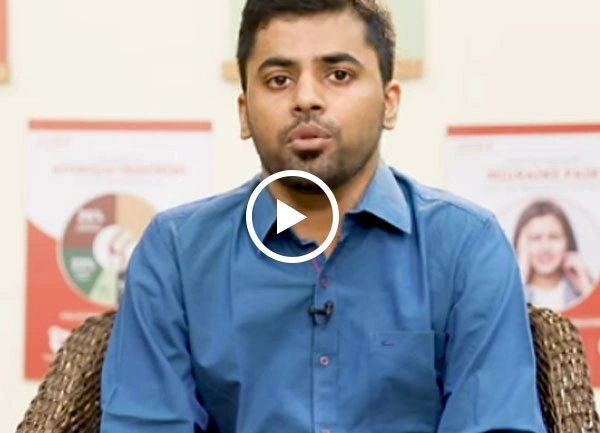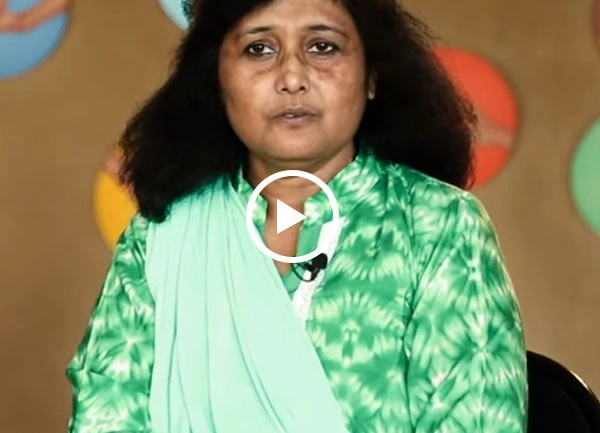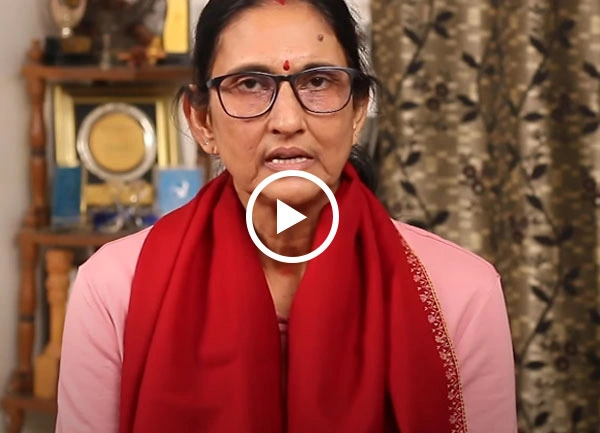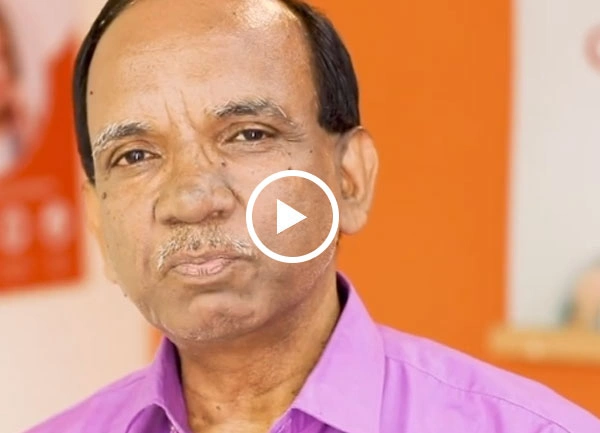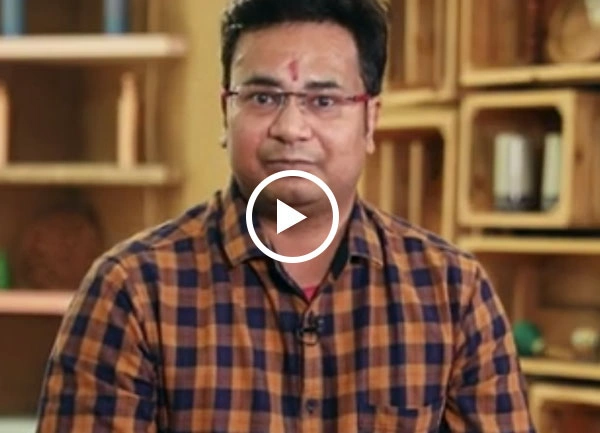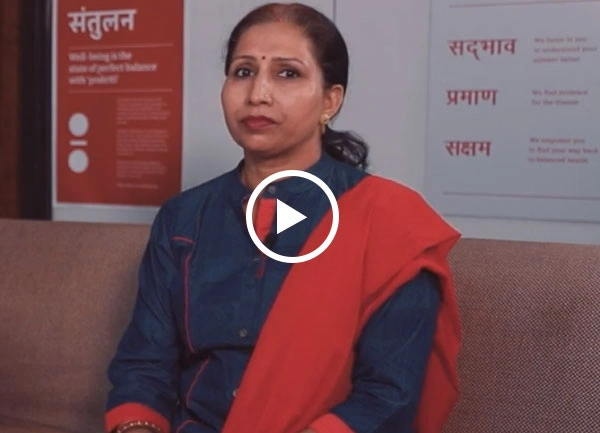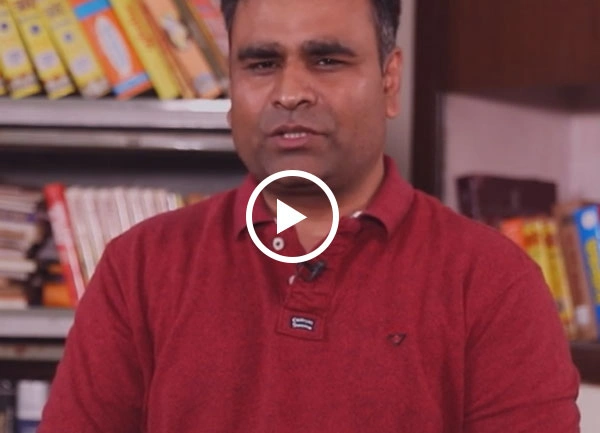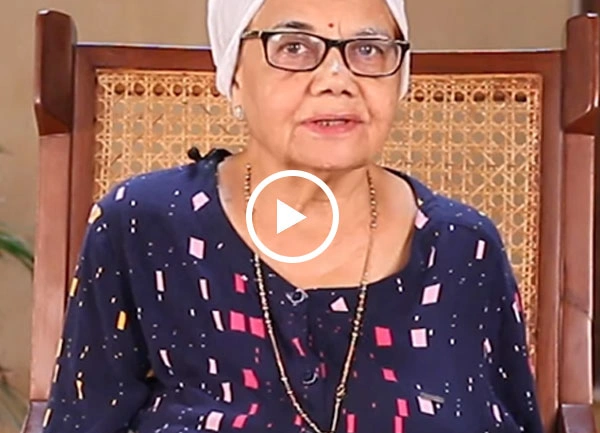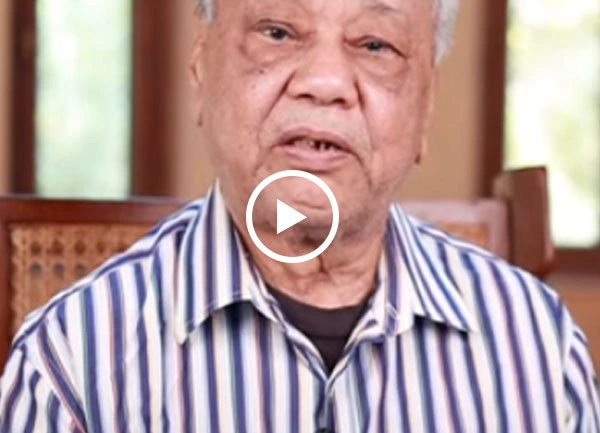Understanding Eczema Through Ayurveda
In Ayurveda eczema is recognised as a Rakta Pradoshaja Vikara that occurs when the third layer of the body, shweta, is breached by external toxins or outer allergen. This condition is often triggered by a change in seasons or the environment around the patient, if it prevails for long, the deeper layers of the skin can be affected. And the chances of it turning into a chronic condition are high.
Vicharchika may also occur due to an imbalance in the immune system, and the condition is often associated with other allergy related conditions, like hay fever and asthma. Anxiety and stress are also common triggers because of which eczema tends to flare up.
Classification of Eczema - An Ayurvedic Approach
The ayurvedic treatment for eczema addresses its root cause so that the disease is not only healed but also prevented from relapse or recurrence. Let us help you understand the Ayurvedic approach to the disease.
Commonly classified as dry eczema and wet eczema, Vicharchika can result from an aggravation in the doshas that constitute the human body. In Ayurveda, Vicharchika is classified based on the imbalance dominated by either of the three doshas - Vata, Pitta and Kapha.
- When an imbalance in Vata constitution is prominent, eczema is dry and itchy.
- Imparity in Pitta often triggers blisters, red rashes, and a continuous burning sensation. It can also lead to fever.
- Kapha disturbance can cause either dry or wet eczema or a combination of both. The condition can result in swelling of skin, inflammation, persistent itching, and severe burning sensation.
Ayurvedic Treatment of Eczema
While dealing with Vicharchikais, Ayurveda addresses two primary aspects of the disease that affects an individual's wellbeing - cleansing of toxins and alleviation from irritation. Shodana chikitsa (detoxification through Panchakarma) and Shamana chikitsa (Palliative Ayurvedic medicines) are the foundations of the ayurvedic treatment for the skin disease like eczema. Shodana chikitsa aims to heal an individual internally by eliminating the vitiated doshas. Shamana chikitsa helps manage the external implications of eczema by correcting the dhatus and bringing them back to normalcy.
The treatment process differs from individual to individual - depending on the stage of eczema, the body constitution, the area of infection, and the dosha that dominates the condition.
- Treating Vata dominant Vicharchika
- Treating Pitta dominant Vicharchika
- Treating Kapha dominant Vicharchika
Vicharchika brings with it a lot of physical and mental distress and affects the healthy functioning of an individual's day-to-day life. Luckily, the healing process becomes easier and faster with early-stage diagnosis and immediate treatment.
Although you should consider a holistic Ayurvedic treatment for eczema even if the symptoms are mild, you can try home remedies for eczema that will help soothe the irritations. Coconut oil or desi ghee mixed with kapur can be helpful for burning and itching; a paste of fresh butter and neem used as a pack can reduce the dryness or flaky eczema skin condition; aloe vera can be used as a cooling agent; and so on. However, if the symptoms intensify and you are experiencing severe discomfort, please consult an Ayurvedic doctor for a root-cause based personalised treatment.
At Jiva, the doctors offer personalised ayurvedic treatment for skin diseases like eczema. Apart from suggesting customised medicines, they also provide a personalised diet and lifestyle plan that complements the healing process and improves the overall quality of life. Consulting Jiva doctors is also easy. You can get on a call - audio or video - or visit your nearest Jiva clinic for a personalised consultation and a safe, effective and long-lasting treatment.




